The foam roller is an excellent tool for cyclists, according to Lorna Chapman of fitness studio Luna Yoga & Health – but you need to persevere and learn to love it!
You can pick up a foam roller for a modest outlay at most good sports shops. Once you've done so, try the following foam roller exercises to improve your flexibility and help your muscles recover after a long ride. It's always worth stretching after a ride, too.
Foam roller exercises for cyclists with tight muscles
1. Glutes
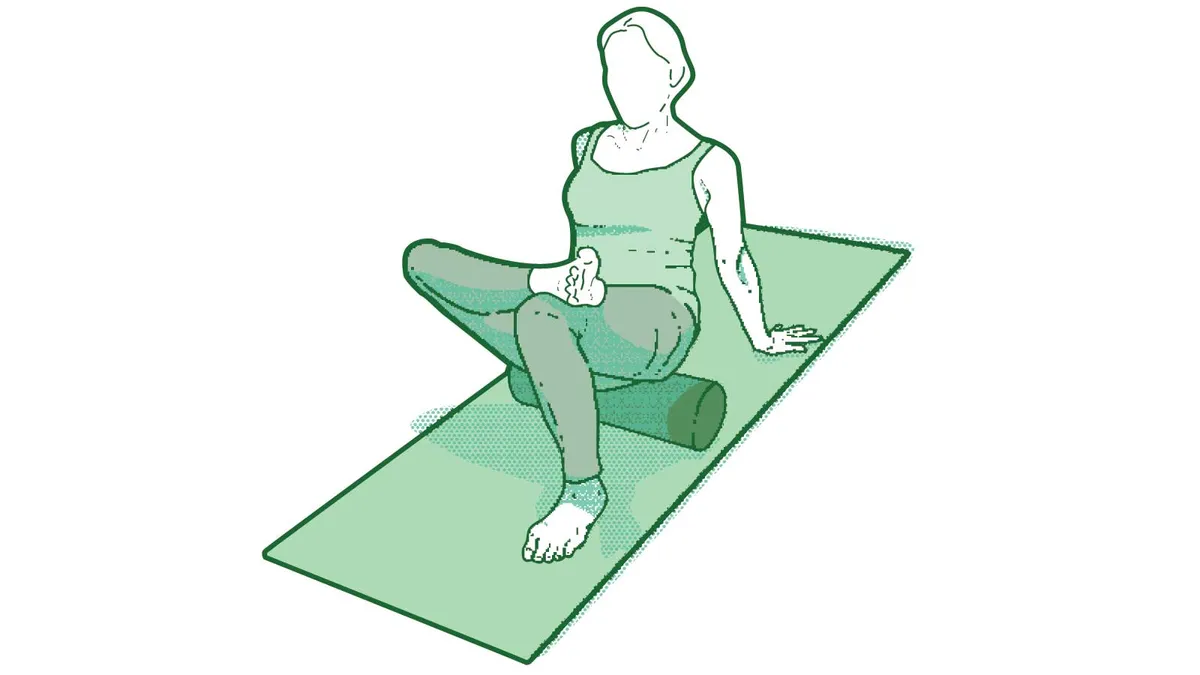
This exercise works deep into the gluteus and piriformis muscles, which in cyclists are notoriously susceptible to tightness.
Sit on the roller with your hands on the floor behind you. Bring your right ankle across the left thigh. Move sideways onto the right buttock and roll forwards and backwards. You’ll know when you’ve hit the right spot!
2. Iliotibial band (ITB)
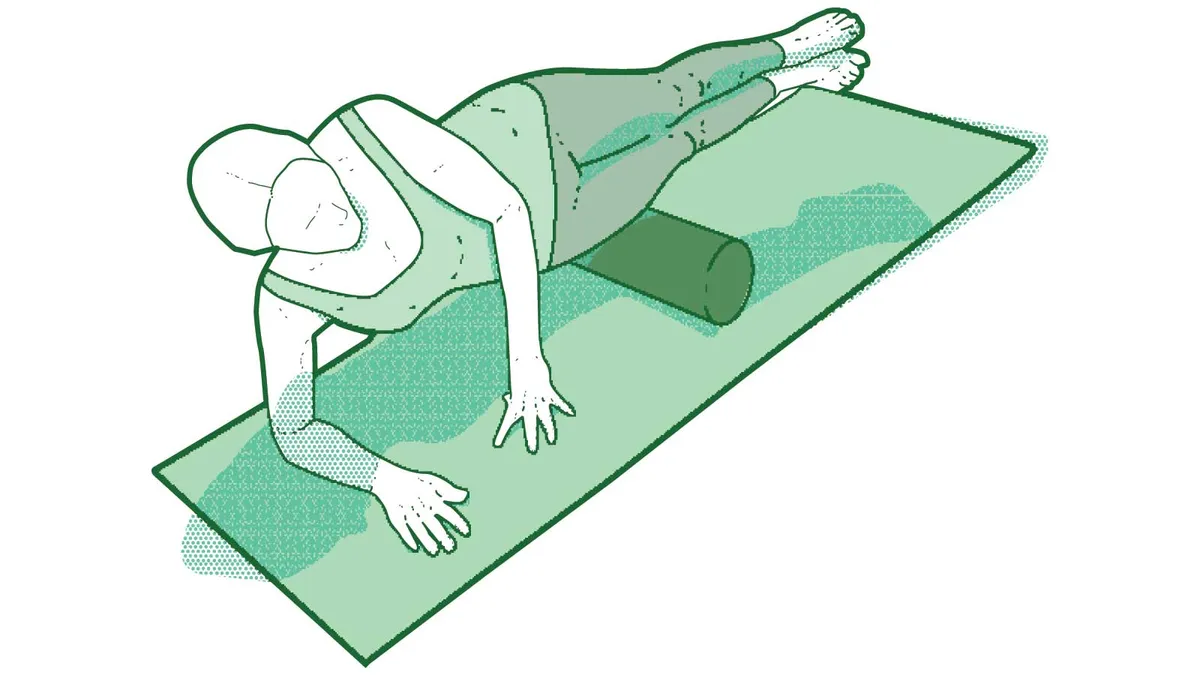
The iliotibial band (ITB), which extends down the outer edges of your thighs from hip to knee, can tighten in the saddle.
Lie with your outer thigh against the roller and support your upper body with one hand and one forearm. Keep the abs drawn in to support the lower back and keep the body aligned. This is painful to begin with, but it’s very effective.
- IT Band injuries and cycling: what you need to know
- How stretching can improve your cycling position
3. Thighs
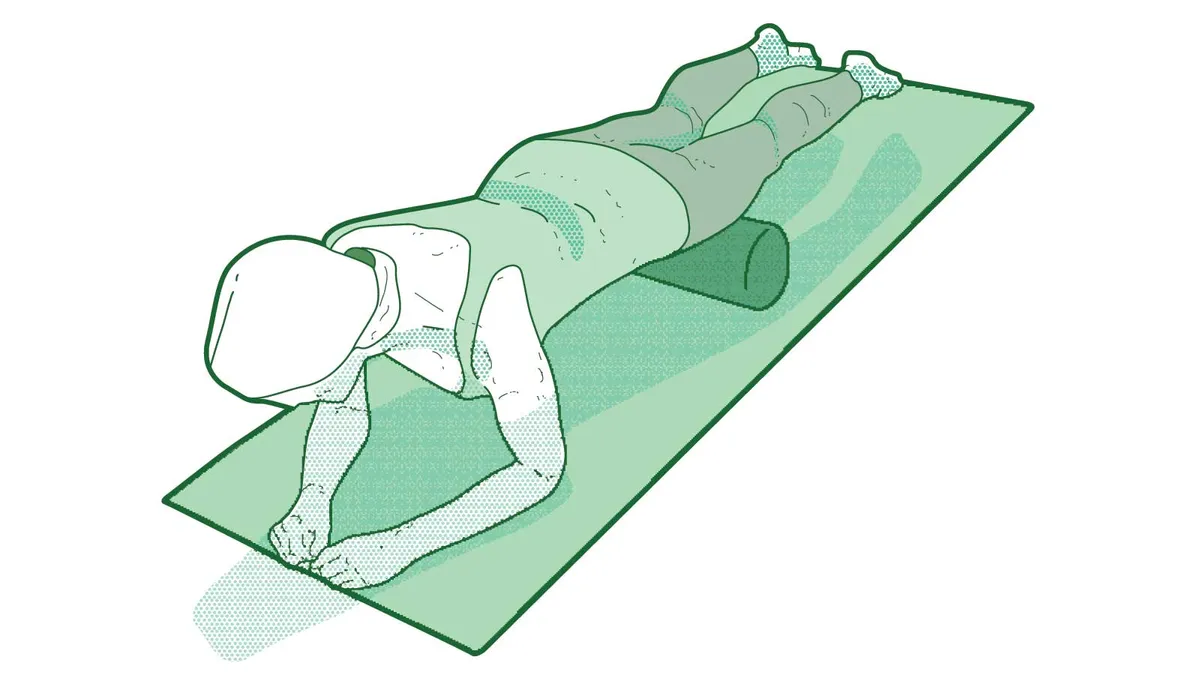
This is another exercise that may make your eyes water at first.
Lie prone with the front of your thighs on the foam roller and your forearms on the floor to massage the quads.
Repeat on the back of the thighs to work on the hamstrings; work gradually from the top area near the glutes down towards the back of the knees.
4. Shins
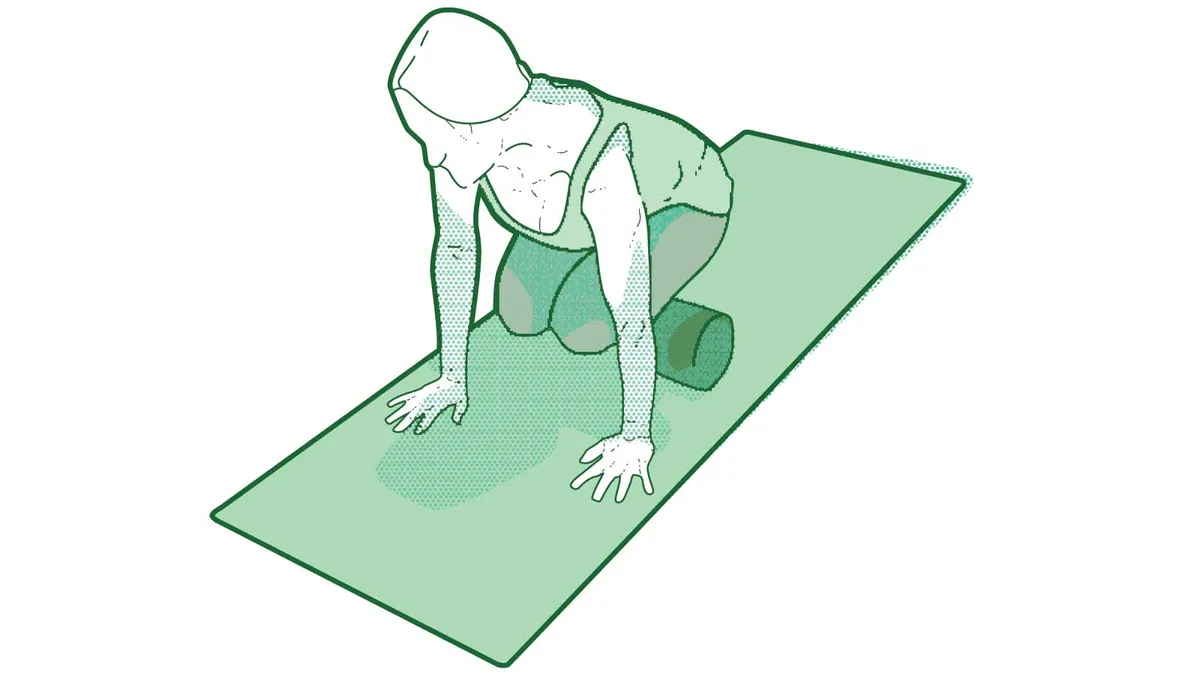
When you’re riding your bike, your feet, shins and calf muscles stay fixed in position, so they need stretching and massaging.
Kneel with your shins on the roller and move forwards and backwards. Then turn over and cross your lower legs to roll on your calf muscles, using your arms for support.
5. Lower back
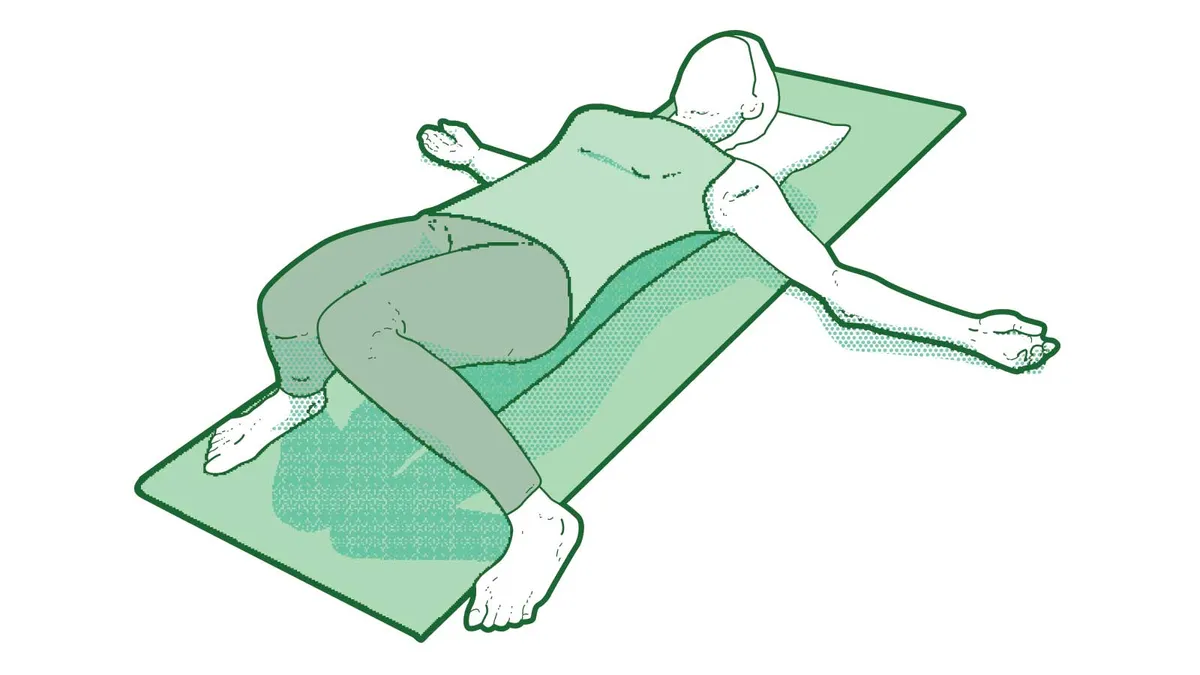
This exercise counters the effects of that hunched-over cycling position, and is best done with a long roller.
Lie on the roller, hips and head supported. Let the front of the shoulders open. Close your eyes and focus on your natural breathing for up to 15 minutes. Allow your body to let go a little more with each exhalation. Use a cushion behind your head if needed.
